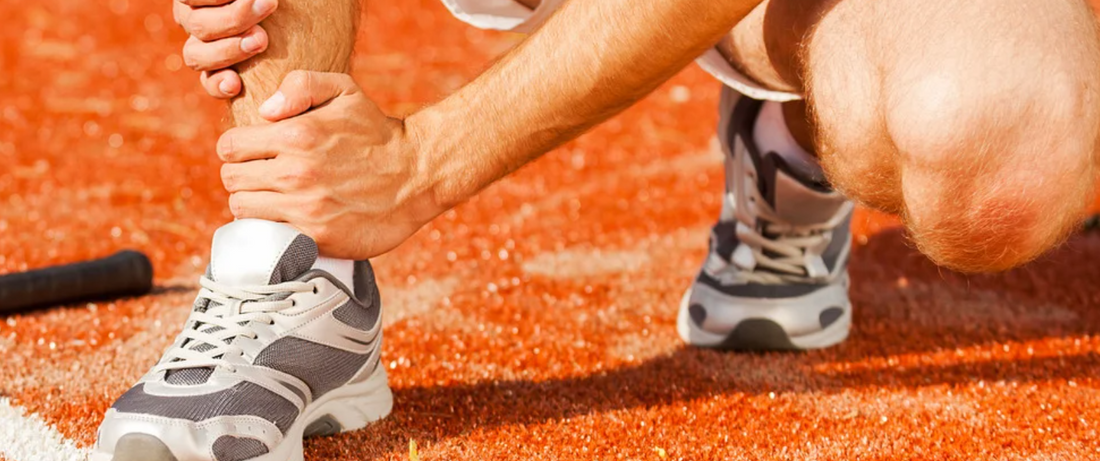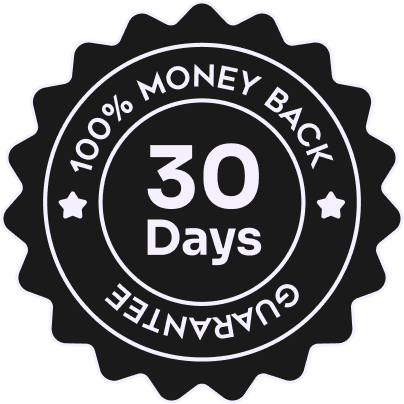
From Injury to Recovery: Rebuilding Your Game After a Setback
Share
Every athlete, whether casual or competitive, eventually encounters an unexpected obstacle. In the world of pickleball, injuries can derail momentum, sideline passion, and cloud confidence. But recovery is not the end of the road—it’s a recalibration. It is the moment when resilience, strategy, and mindfulness converge to forge a smarter, stronger version of yourself on and off the court.
Rebuilding your pickleball game after a physical setback requires patience, purposeful planning, and a willingness to embrace the journey rather than race toward the destination. This guide explores how to navigate that path with intention and optimism.
Step One: Understand the Injury, Not Just the Symptoms
Healing begins with clarity. Whether it's a torn rotator cuff, aggravated plantar fasciitis, or a nagging case of tennis elbow, understanding the underlying mechanics of your injury is key to proper rehabilitation.
Consulting a sports medicine professional or physical therapist ensures that recovery efforts target the source of the problem rather than chasing its symptoms. Ask specific questions:
- What movements aggravate the injury?
- Which muscles or joints are compensating?
- What is the expected healing timeline with compliance?
Knowing what you’re dealing with empowers you to take control of your comeback instead of surrendering to frustration.
Step Two: Respect the Pace of Healing
The temptation to fast-track recovery is strong, especially when tournaments loom or friends return to play. But pushing too soon invites re-injury and prolongs the process.
Create a structured recovery timeline that includes:
- Initial rest and inflammation management
- Progressive physical therapy or mobility exercises
- Return-to-play milestones based on strength and flexibility
- Clearance from a healthcare provider before full re-entry
Healing is not linear. There will be plateaus and minor regressions. Give your body space to mend, adapt, and rebuild at its own biologically intelligent pace.
Step Three: Reframe Your Mindset
Injury can erode mental momentum, leading to doubt, impatience, or loss of identity as a player. Reframing this experience as a growth phase rather than a setback is essential.
Mental strategies include:
- Goal shifting: Move from performance-based objectives to process-oriented goals
- Visualization: Picture successful strokes and court movement to maintain neural pathways
- Gratitude journaling: Note small victories to stay motivated
- Mindfulness and breathwork: Reduce stress and stay present
This period can deepen your mental game in ways that transcend the physical limitations of recovery.
Step Four: Train Smart Off the Court
If you can’t play pickleball, you can still train like a pickleball player. Cross-training and functional conditioning allow you to maintain overall fitness without aggravating the injury.
Low-impact activities to explore:
- Swimming or aqua therapy to enhance joint mobility
- Stationary cycling for cardiovascular endurance
- Resistance band work to maintain muscle tone
- Core stabilization exercises for balance and posture
Maintaining a baseline of strength and stamina will ease your transition back onto the court and minimize the feeling of starting over.
Step Five: Reintroduce Pickleball with Precision
When you’re finally cleared to return, do not jump back into full-speed matches. Treat your re-entry as a progressive skill reactivation, not a re-enactment of your former peak.
Start with:
- Solo drills and wall practice to rebuild timing and hand-eye coordination
- Light hitting with cooperative partners focused on form rather than power
- Short dinking sessions to restore touch at the net
- Limited time matches with generous rest between games
Monitor fatigue and discomfort closely. Let feedback from your body—not ego—determine when to increase intensity.
Step Six: Adopt a Prehab Mindset Moving Forward
The best injury is the one that never happens. Post-recovery, it’s crucial to shift from reactive care to proactive prevention.
Incorporate into your regular routine:
- Dynamic warm-ups before play, including shoulder and hip mobility
- Strength training specific to pickleball movement patterns
- Balance and proprioception exercises to improve joint stability
- Stretching and foam rolling post-play to promote recovery
- Scheduled rest days to allow physiological repair
Injury prevention is not a passive safeguard. It’s an active, intelligent investment in longevity.
Final Thoughts: Resilience is the Ultimate Skill
Rebuilding your game after an injury is more than a return to sport. It is a testament to your adaptability, perseverance, and willingness to evolve. You emerge not just as the player you were but often as a more self-aware, well-rounded athlete.
In the face of adversity, remember this: setbacks are not endpoints. They are invitations to reinvent, recharge, and return with greater intention.
When you step back on the court—stronger, wiser, and more grateful—you don’t just resume playing. You rise.












